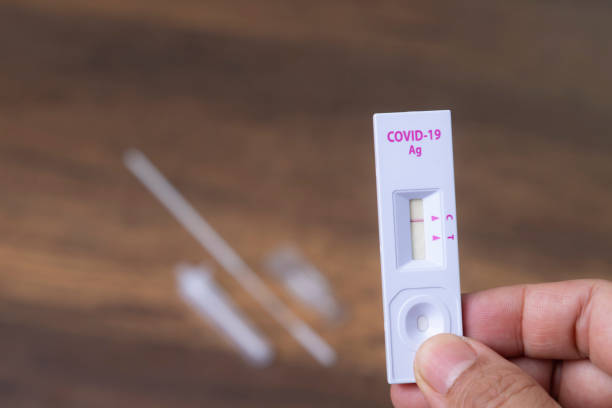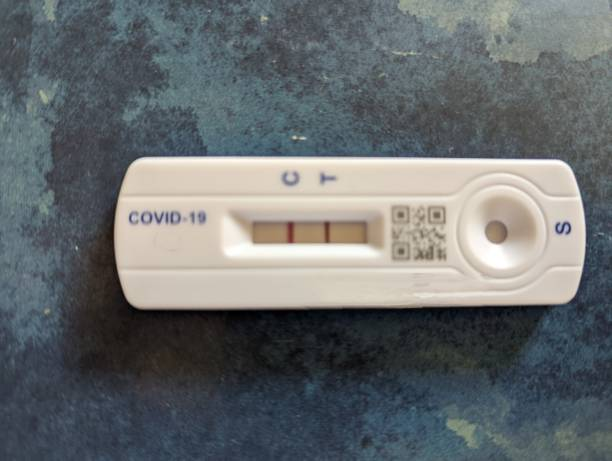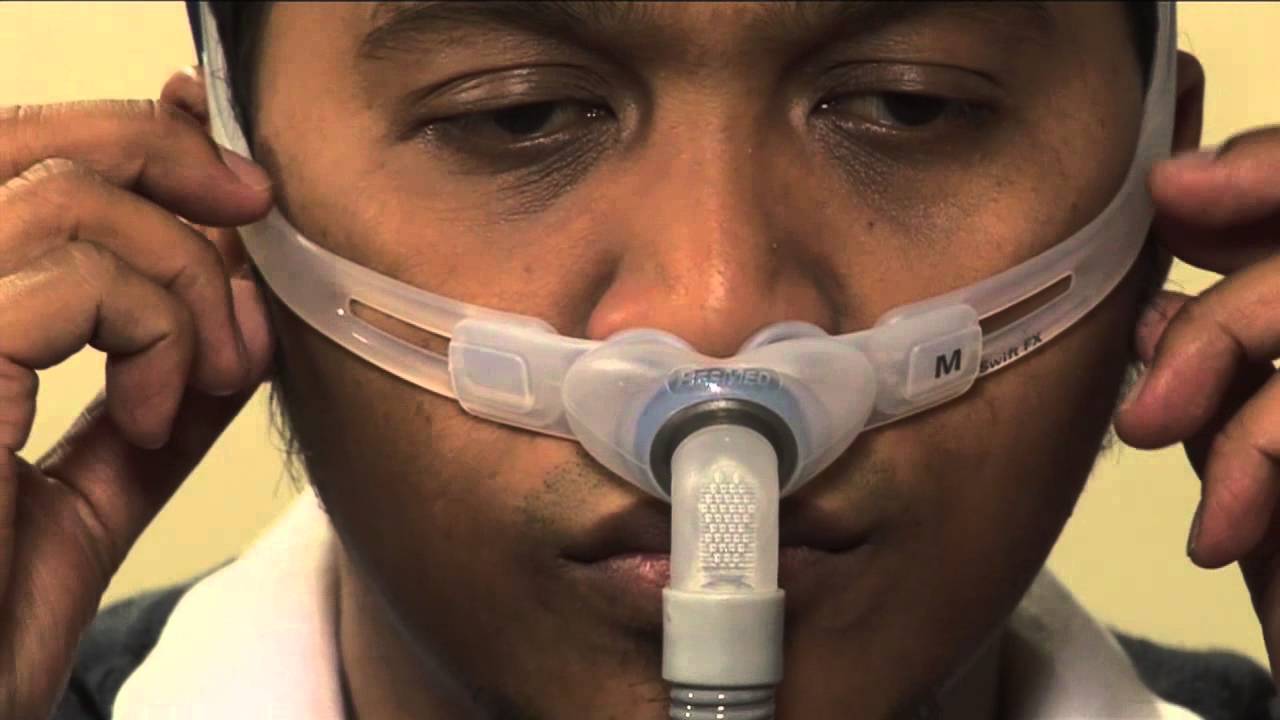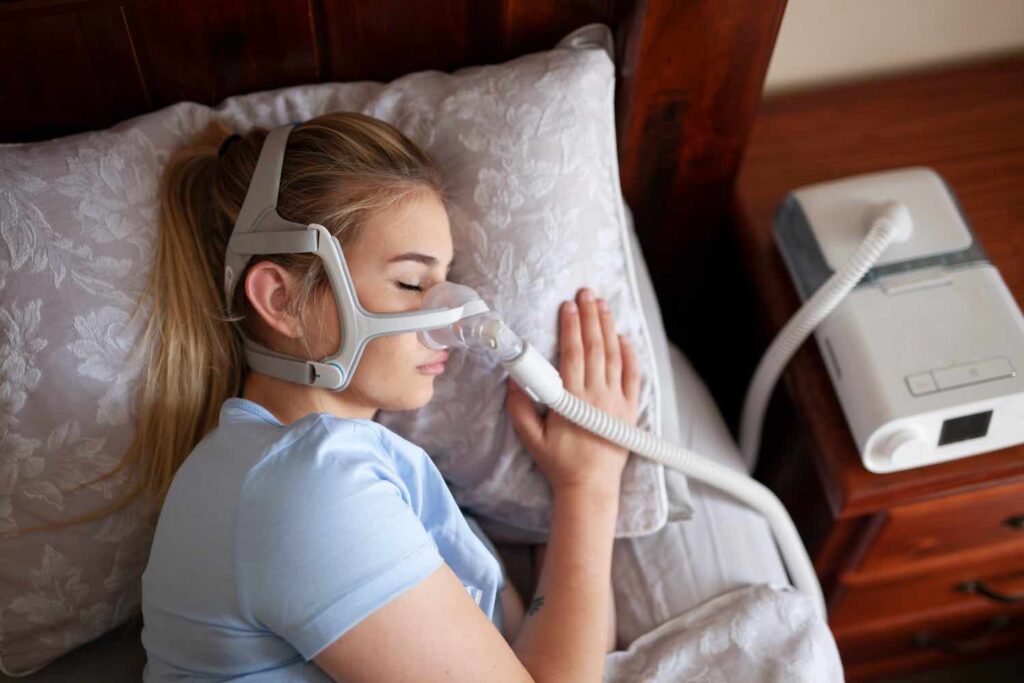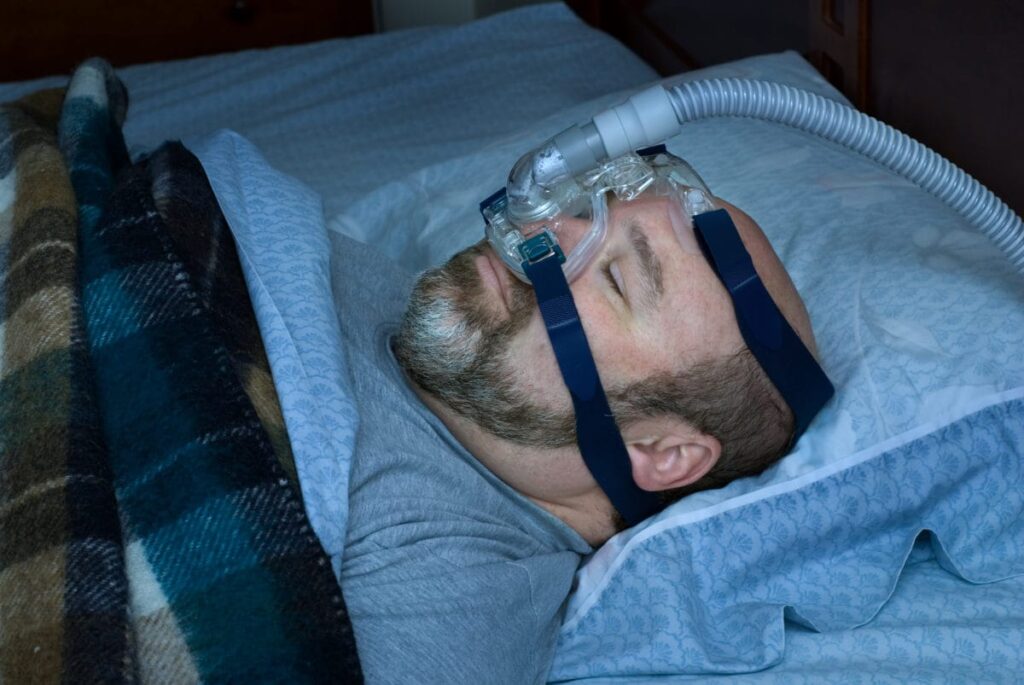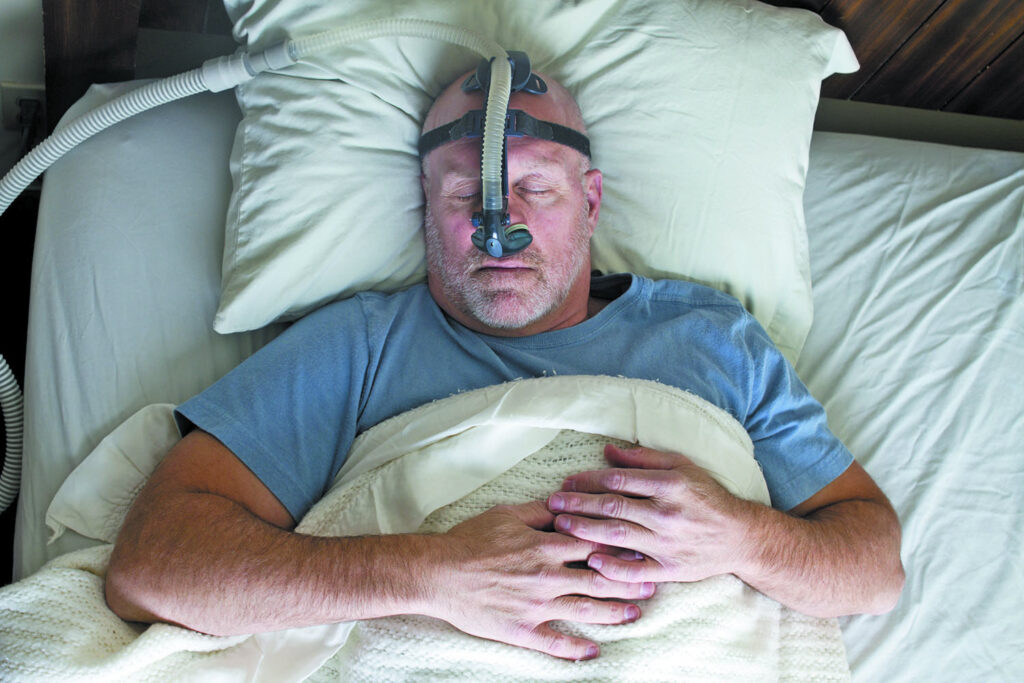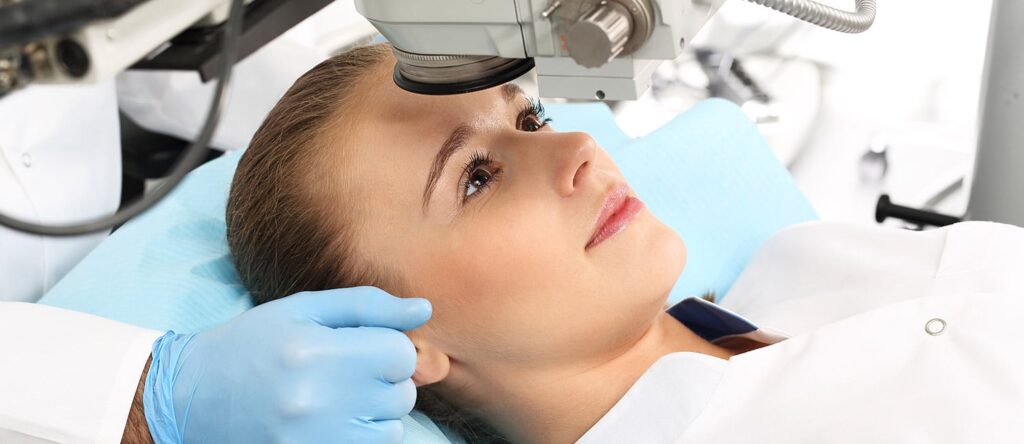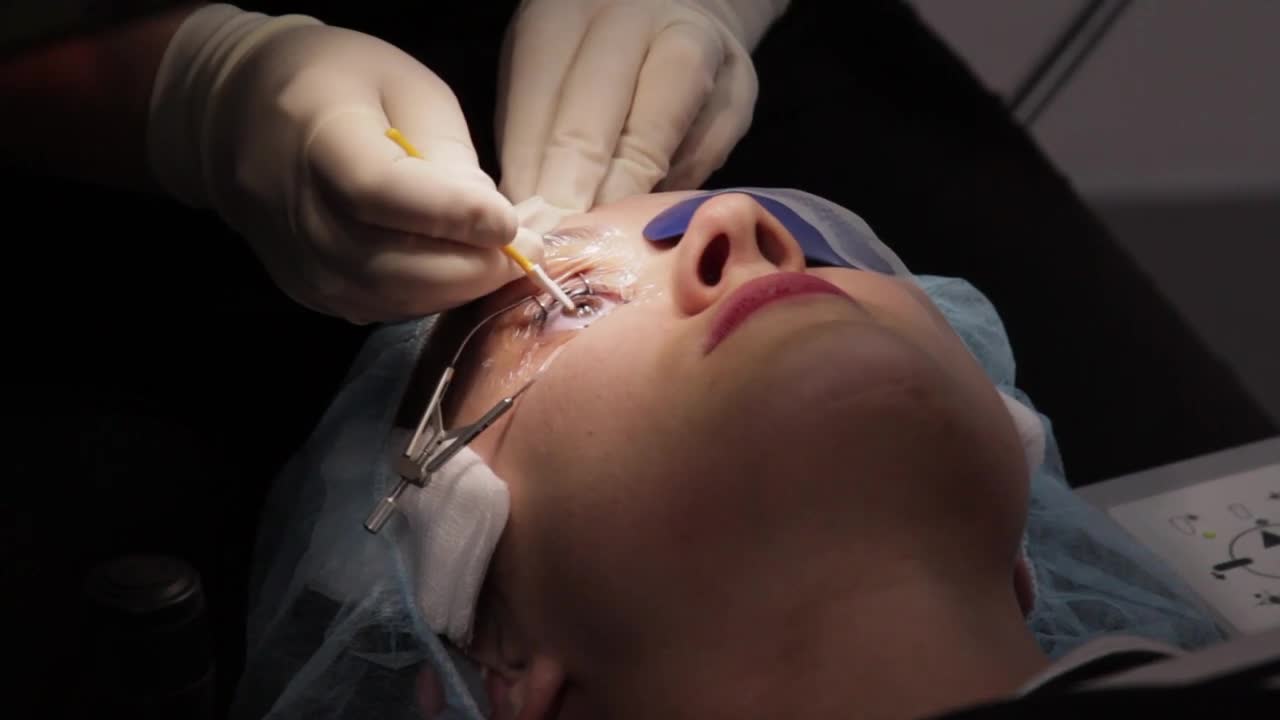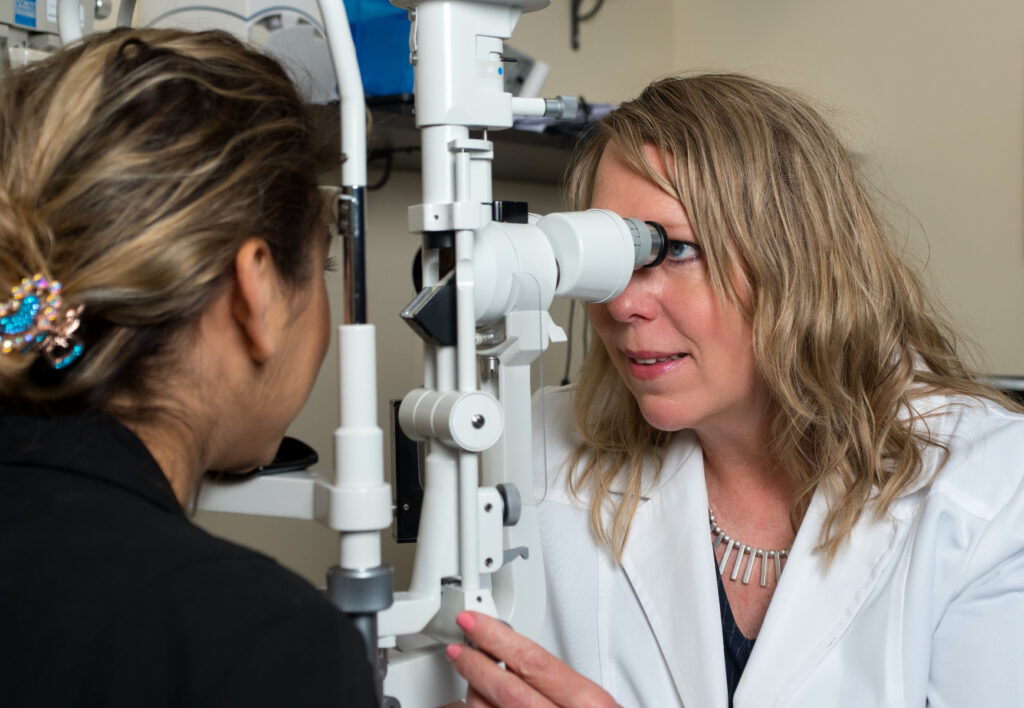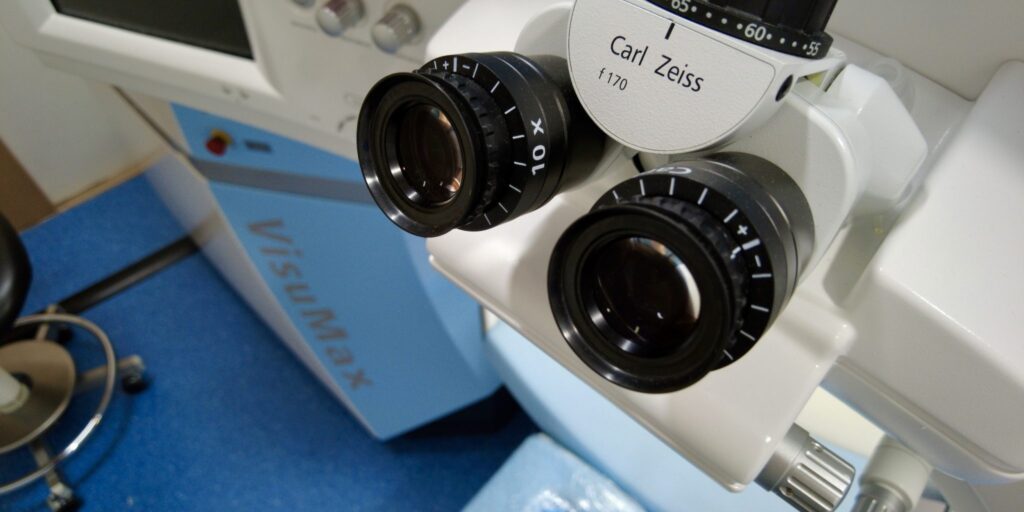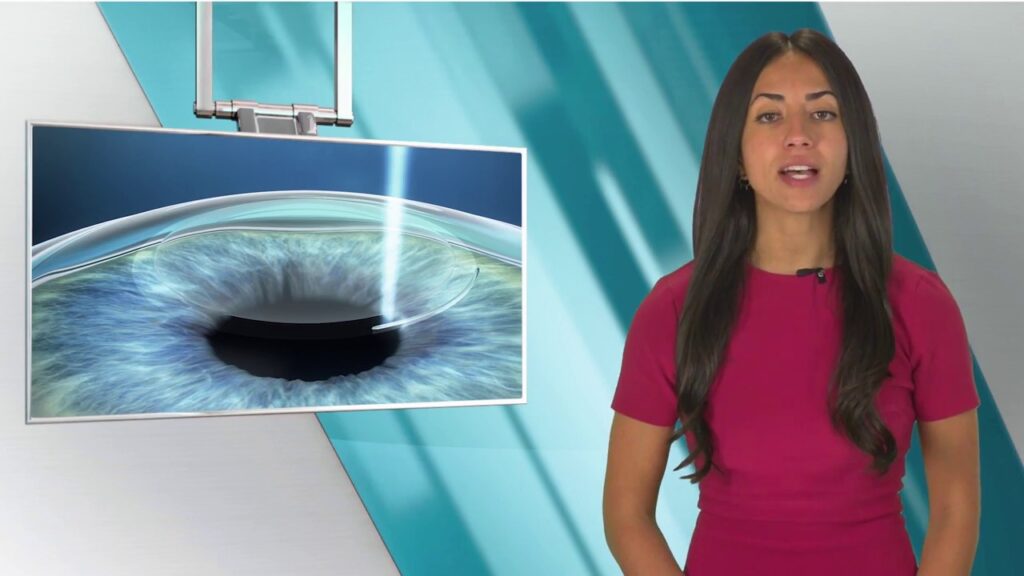Many controversies exist online about why people feel elated after consuming marijuana. Several people come up with different points to back up the fact people will indeed feel high after using medical marijuana. On the other hand, another school of thought believes that if you know some things to do, you may not necessarily feel high after using medical marijuana.
However, I want to support the second school of thought. I believe that one can do without feeling euphoria after consuming cannabis products. So, I began doing thorough research and came out with something meaningful. Then, why do people feel high after using marijuana? That was the question I first asked myself. Hence, I had to check the meaning of cannabis and its usefulness carefully. Click here to read more about How to Use CBD Oil If You Want to Lose Weight.
Dear reader, cannabis is medicinal. But it only needs to be controlled. The problem is not that cannabis is harmful. People consuming cannabis are the ones taking it otherwise to make it to be a problem for them. Do you know that cannabis can treat or relieve severe and chronic pain? Do you even know that marijuana is suitable for people with appetite loss? Of course, that’s how usable marijuana is. You’ll be shocked to see that medical cannabis can help people to come out of anxiety. It can be used to treat epilepsy.

But we need to address the issue of feeling high. It is when people feel high that they begin to act weird. Can you imagine the cases of accidents that happen because the driver has taken a pill that contains marijuana? When do people start using cannabis to get inspiration? That is common among youth these days.
Hence, are you feeling euphoria after using cannabis? Some things caused it. And I will talk about it. But before I proceed, I want to talk about what medical cannabis entails.
What is medical cannabis?
Medical cannabis is a plant with some natural nutrients that can be used to treat medical conditions as recommended by medical personnel. The word “cannabis” is the name for the plant called cannabis Sativa. This cannabis Sativa has two components which are CBD and THC.
The term CBD means cannabidiol, while the acronym THC means tetrahydrocannabinol. There are places in the world where no one can take products that contain marijuana without getting instruction from medical personnel. For Instance, in Australia, no one has direct access to take cannabis if the doctor did not prescribe it. That is why doctors in Australia must attach their signatures before anyone can take medical cannabis treatment.

As medical cannabis products become rampant, the chances for unintentional exposure also increase. That way, it is prohibited for anyone to store cannabis products at home. It contains natural components that can affect many things in the body system. But of course, it has its usefulness. Medical cannabis can relieve chronic pain, loss of appetite, epilepsy, and anxiety. Even at that, one needs to be careful with this plant.
Why do you feel euphoria after using medical cannabis?
- If you engage in self-medication
People feel euphoric after taking marijuana because they engage in self-medication. Even if you notice you’re feeling some conditions in your body that warrant taking medical cannabis, you still need to consult your doctor. I noticed people prescribed some medicine to themselves because they saw it online. And after using those drugs, they’ll start feeling unease. Therefore, one of the reasons why you feel high after taking medical cannabis products is because you are doing self-medication.

- Taking too much marijuana
You will indeed feel high after taking too much product that contains marijuana. That is why you need to ensure that what you’re consuming is what your doctor instructed you to do. If you consume too much cannabis, thinking you want to solve some health conditions, you may likely lose something tangible. Many people end up having mental disorders because they take too much marijuana. Hence, too much of everything is abnormal. This statement applies to marijuana intake as well. Therefore, people must go slow and ensure they consume what their doctor asked them to finish. If not, complications may arise.
- If you take marijuana as a source of getting inspiration
This thing is common among celebrities. Some believe that if they take marijuana, they will be inspired and gain more confidence to face the crowd and do whatever they want. Not only celebrities do that. Some individuals also believe taking medical cannabis products is a source of inspiration. So, they tend to take in as much as possible and start feeling euphoria, known as high. Therefore, if you take marijuana for another reason different from having a health issue, you will feel high, and complications can arise. In Africa, the rate at which people use cannabis to get inspiration is getting out of hand. And that is why Africa is one of the continents that has a high record of patients with mental disorders. Hence, it is wrong to take marijuana because you want to feel elevated or inspired before doing something.
- If you smoke cannabis
One will feel high if one smokes marijuana. Remember, cannabis comes in different forms. It can be in pills, oil, and dry leaves. Some people love using dry leaf setups. So, smoking cannabis can also make you high. Of course, you all know that smokers are liable to die young. Also, there’s a way smoking can affect your brain. Several people battling mental disorders today got to that point because they smoked too much marijuana. Therefore, I will advise you to quit smoking. If you don’t want your lungs to develop a fault, you must avoid smoking cannabis.
On a final note
Dear reader, I hope you’ve seen something inspiring here. The above information is clear enough. I explained the meaning of cannabis, and I also talked about why people feel high after taking cannabis. Finally, I am ready to provide adequate answers to your questions regarding this topic.



